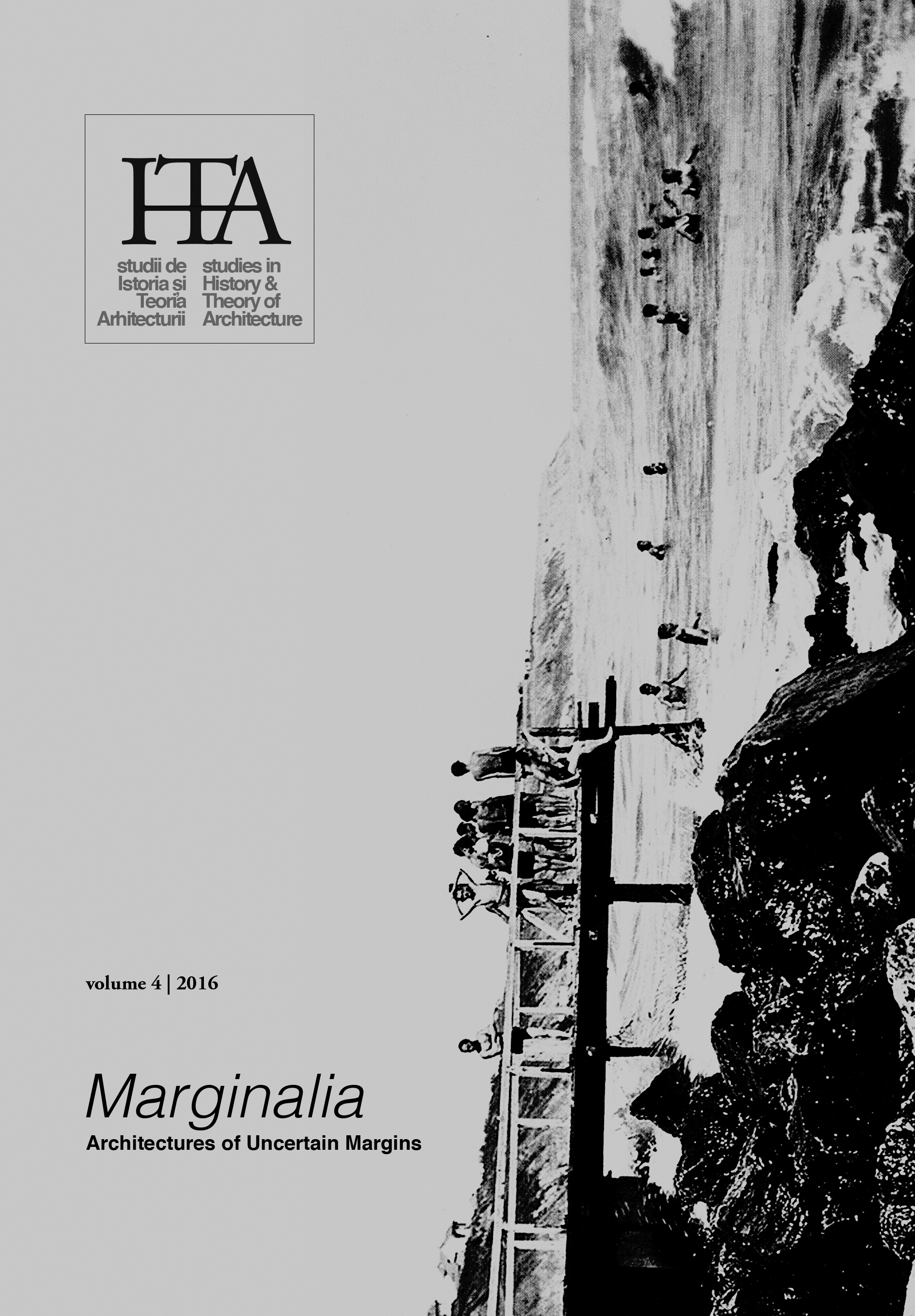Protest and Marginalized Urban Space. 1968 in West Berlin
Protest and Marginalized Urban Space. 1968 in West Berlin
Author(s): Laura BowieSubject(s): Architecture
Published by: Universitatea de Arhitectură şi Urbanism »Ion Mincu«
Keywords: 1968; architecture; identity; exclusion; protest
Summary/Abstract: This paper will explore the dynamic interface between politics, urban planning, architecture and culture, during the 1968 student protests in walled West Berlin. As a city that lost its function as a capital and its place at the forefront of global politics, the marginalised city, surrounded by the communist East, became place where new ideas about Germany’s identity were trialled and contested. In 1968, students held an exhibition that condemned current construction activities as being anti-social and reflective of greater issues within German society. In brief, the students condemned the zoning of the city, the denial of the past, the displacement of tenants into satellite settlements, and the destruction of nineteenth century tenements. The students campaign caused the remote Märkisches Viertel estate to become a ‘symbolic battleground for a struggle over the values of the modern city’. Thus the reflective connection between society at large and the urban environment was forged. This paper will bring into focus the dynamic and symbiotic relationship between protest and urban space, and demonstrate how the heated issues inherent in West Berlin at the time were both played out and mapped onto the marginalised spaces of the walled city.
Journal: sITA – studii de Istoria şi Teoria Arhitecturii
- Issue Year: 2016
- Issue No: 4
- Page Range: 225-240
- Page Count: 16
- Language: English

